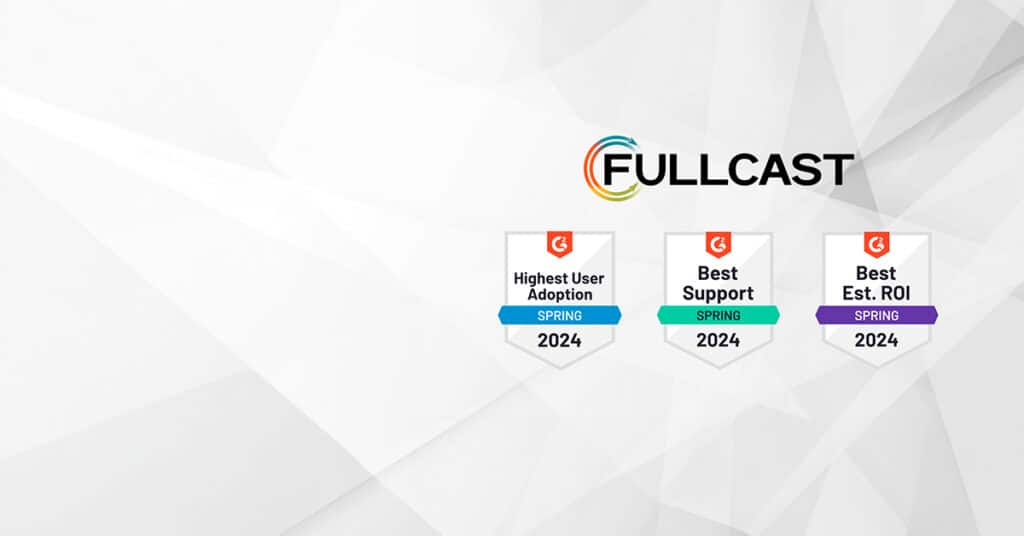What is Territory Management?
Put simply, Gartner defines territory management as “the process by which sellers prioritize and manage a group of customers and prospects, who are typically organized by segments (such as geography, industry and need).”
That is easier said than done. Most organizations only engage in an annual territory planning (or carving) process with the end result being a static territory plan. Unfortunately, the territory plan is often obsolete by the time SKO ends. Unpredictable events, such as layoffs, promotions, hiring, reorganizations, M&A activity, funding rounds, global pandemics, recessions and regulatory changes, constantly disrupt the Go-To-Market (GTM) and territory plan. In truth, in the face of continuous change, the static territory plan never really stood a chance. RevOps teams at large organizations face an uphill (and often losing) battle trying to keep execution aligned with the plan, especially when the only way to get things done is with more spreadsheets and custom code.
Territory Management, on the other hand, is an agile approach to planning. It recognizes that change is constant and organizations must be able to adapt throughout the year. Territory Management relies on automated workflows so that runtime changes can be implemented immediately, without downtime, ensuring that your sales team is always selling. For example, when a sales rep leaves in the middle of the quarter, a territory management system ensures that coverage is maintained, holdouts are defined, and leads are properly routed. It eliminates time-consuming manual tasks so that RevOps and SalesOps teams spend less time fighting fires and more time on strategy. A Territory management approach ensures that execution is always aligned with the plan.
What are the benefits of Territory Management?
Companies that optimize territory design, “can increase sales by 2-7%, without any change in total resources or sales strategy.” Teams that practice good territory management:
- Dramatically improve RevOps team productivity. They reduce annual planning time from weeks or months to days. By using policies and automation, they spend more time on strategy, and less time creating pivot tables and fighting fires.
- Consistently hit their sales goals. They eliminate sales downtime, because plan updates are handled immediately and automatically deployed to the CRM.
- Retain top talent. When territories are equitable and transparent, the sales team stays motivated, productive and on-target.
- Streamline the RevOps tech stack. With one end-to-end territory management system, teams spend less time configuring systems and less money on redundant tools.
What is Territory Management software?
Spreadsheets are great, until they are not. A small organization with 20 sales reps can likely manage just fine with spreadsheets, but as your organization scales, reliance on spreadsheets (or worse, custom code), can bring your team to a screeching halt. The volume and complexity of plan changes will increase exponentially, making collaboration, version control, and agility nearly impossible.
At this point, territory management software can be invaluable. Those organizations that ditch their spreadsheets and adopt a territory management software will be able to adapt to market changes faster than their competition.
Territory management software will allow you to:
- Reduce planning time from months to days. It enables you to segment your territories and accounts by the differentiators that matter to you and your business. Tools like SmartPlan use an AI rules engine to quickly and intelligently create and balance territories based on criteria you set.
- Keep execution aligned with the plan. You can quickly respond to changing market conditions, like a funding round or global recession, because run-time changes to the plan can be made at any time and immediately synced with the CRM and other operational systems. This eliminates the need for custom code, IT support, or more headcount.
- Make smarter business decisions with ‘what-if’ scenario modeling. Deploy these plans to your CRM instantly.
- Collaborate effectively. Sales Managers can easily make plan updates or recommendations in your CRM, enabling meeting-free collaboration and complete alignment with the RevOps team.
- Provides a single system of record for your GTM plan. All account changes are effective-dated so there is no question who was doing what job on what territory and at what time, making it easy and painless to pay your team promptly and fairly.
Can I use my CRM for Territory Planning or Territory Management?
Your CRM is a transactional system, not a territory planning tool. While the CRM is the foundation for sales operations, it was never meant to help sales leadership formulate a dynamic Go-to-Market (GTM) plan. If you rely on your CRM for planning, it will be difficult to attain the agility needed to keep your sales team productive. To make any plan changes, your CRM data would need to be downloaded to spreadsheets, adjusted, and then reloaded, leading to version control and collaboration challenges.
Salesforce offers an Enterprise Territory Management (ETM) feature. However, it offers limited functionality for complex territory management. For example, it does not support automated territory balancing, scenario planning with what-if analysis, or ability to measure performance to plan.
Should I plan using geographic or non-geographic territories?
Geographic-based territories may be the most common form of territory design. But they are not always the best way to maximize opportunity. They may still make sense in many industries where in-person sales are required (e.g., pharmaceutical or door-to-door solar sales). However, as remote selling becomes the norm in many industries, many companies are looking to assign resources based on other factors that more closely align with their overall corporate strategy.
Non-geographic territories are hard to build in practice, but a Territory Management solution enables you to assign your territories based on the factors that matter most your company and customers , including any firmographic (e.g., company size, industry, budget), status-based (e.g., current vs former customers), or needs-based (e.g., solution-oriented) data. It also enables you to follow a named-account strategy or hybrid model.
How do I break down organizational silos during Territory Management?
RevOps and GTM planning involves close collaboration and synchronization of resources between Marketing, Sales, and Customer Success. This is extremely difficult to implement in practice, with each department using different point tools and processes. These operational roadblocks often make it impossible to execute on the GTM and territory plan. For example, your Sales team may have a territory plan, but how about your Customer Success team? How is the handoff of accounts coordinated between them? How does the Marketing organization route leads accurately if Sales’ assigned territories are always changing?
Good territory ‘management’ optimizes RevOps resources for efficiency and productivity across the entire revenue engine, including but not limited to Sales, Account Management, Business Development, Sales Engineering, and Customer Success roles. Territory Management enables you to overcome the limitations of organizational silos by enabling you to quickly respond to changing market conditions, like a funding round or global recession. Runtime plan changes can be made at any time and immediately synced with the CRM and other operational systems.
What are best practices for Territory Management?
There are two phases to Territory Management – territory carving and runtime territory management. Both phases are critical to create transparent territories that achieve maximum buy-in from Sales.
Territory carving happens during your annual territory planning process. This is the assignment of resources to opportunities. The goal of territory carving is to create fair, balanced territories that reflect the company’s corporate strategy. The first step to territory carving is to define your corporate goals, using data-driven insight. Have you changed your ICP, introduced a new product, or entered a new market? Once the corporate strategy is defined it is time to identify the criteria that matter most to your business, such as geography, industry, and propensity to buy. The best territory plans also overcarve to build a path for growth. Only once these criteria are set should the Ops team get down to the business of territory balancing.
Most Ops teams put weeks or months of effort into building their territory plans. Unfortunately, most plans are out of date even before the reps hit the street. That’s why runtime territory management is equally, if not more important than territory carving. To avoid getting lost in spreadsheet hell, best practices involve using automation for non-value added tasks, ensuring maximum efficiency and that execution is always aligned with the plan.
More detail on territory management best practices can be found here.











